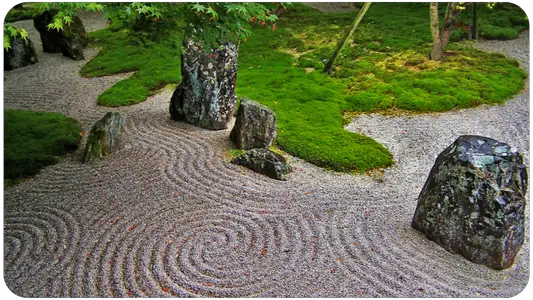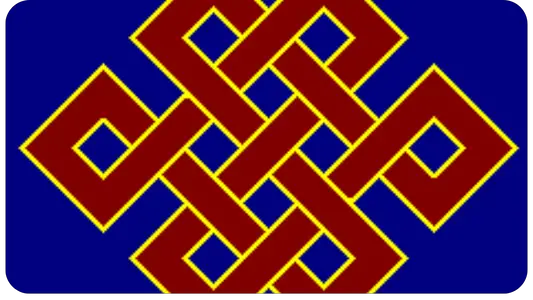Bardo (Tibetan: བར་དོ་, Wylie: bar do) is a Tibetan word, translating the Sanskrit antarâbhava, which refers in some Buddhist schools in Tibet to an intermediate state between death and rebirth. "The word bardo means "interval" in Tibetan and designates existential periods to which one can attribute limits.
There are generally six bardos: ) the bardo of birth to death (i.e., the present life),) the bardo of dreaming,) the bardo of concentration (or meditation),the bardo of the moment of death (the process of agony), the bardo of nature itself (the first part of the post-death period), the bardo of becoming (the second part of the post-mortem period). "
History
Against the teaching of the theravâda school, several Buddhist schools (including the pudgalavādin, c. 280 BCE) posit the notion of an intermediate state (anarâbhava) between death and rebirth. The Tantra of Guhyasamāja (5th century) envisages several intermediate states. The Hevajratantra (seventh century) indicates various meditation practices.
A tantra close to the Tibetan Book of the Dead, "The Words of the Victor, the Awakened Intention of the Heart of Essential Instructions" proposes a six-bardo model: the natural bardo of life (rang bzhin gyi bar do), the bardo of dreams (rmi lam gyi bar do), the bardo of meditative recollection (ting nge 'dzin gyi bar do), the bardo of the moment of death ('chi kha'i bar do), the bardo of Reality (chos nyid kyi bar do), and the bardo of becoming (srid pa'i bar do).
Tilopa (988-1069) developed various Mahamudra teachings in Bengal. Nāropa (1016-1100), in Bengal, learned from Tilopa. Marpa Lotsawa, a disciple of Nâropa, disseminated his master's teachings in Tibet under the name "Six Yogas of Nāropa", namely:) fury (gtum mo) or yoga of internal heat,) the illusory body (sgyu lus),) the Clear Light ('od gsal), dreaming (rmi lam), transference ('pho ba), the intermediate state after death (bar do).
Forms of bardo
In the Bardo Thödöl:
"Kye! Son of a noble family! Listen with the strong determination not to be distracted! There are six intermediate states: the natural intermediate state of the place of birth, the intermediate state of dreams, the intermediate state of the absorption of meditative recollection, the intermediate state of the moment of death, the intermediate state of Reality and the intermediate state of becoming according to the natural order.
Son of a noble family, for you there arise three intermediate states: the intermediate state of the moment of death, the intermediate state of Reality and the intermediate state of becoming, these are the three intermediate states that emerge, and until yesterday there shone the intermediate state of the moment of death, whose clear light of Reality you did not recognize, which forces you to wander here."
Philippe Cornu summarizes it as follows:
"Bardo of the place of birth": the intermediate state between birth and the beginning of the mortal illness.
"Bardo of dreams" : the intermediate state between the exit of the deep sleep and the awakening, characterized by the dreamlike appearances.
"Bardo of meditation": the intermediate state between the entry and exit of meditative recollection.
"Bardo of the moment of death": the intermediate state between the beginning of the mortal illness and the end of the dissolutions (in the Nyingthik) or the end of the clear fundamental light (in the Bardo Thödröl and the tantric systems).
"Bardo of Reality": the intermediate state between the rising of the fundamental clear light of death and the end of the pure visions of absolute Reality or between the moment when the fundamental clear light of death ends and the end of the pure visions of Reality (in the Bardo Thödröl)
"Bardo of Becoming": the ancient antarâbhava (state passed through by the deceased between death and rebirth) of the adhidharma (last part of the canonical texts), the intermediate state between the lifting of karmic appearances and the moment of conception which marks rebirth.





